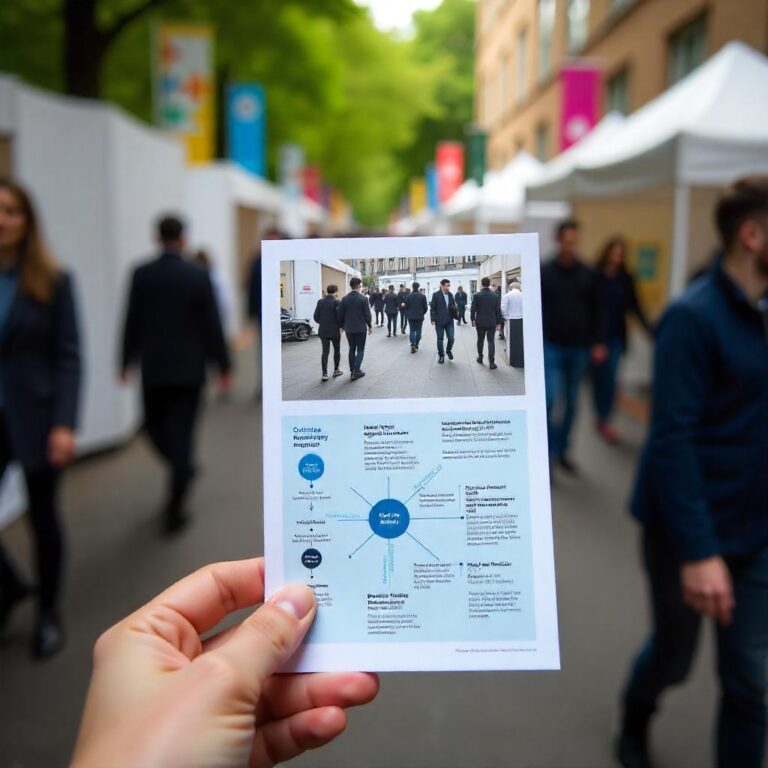
Starting a business is exciting, but turning an idea into a successful venture requires more than just enthusiasm. One of the most critical steps before launching any business is validation. Validating your business idea helps you understand if your concept has real potential, reduces risk, and increases the chances of success.
Here’s a step-by-step guide to help you validate your business idea effectively before investing time and money.
Understand the Problem You’re Solving
Every successful business solves a specific problem or fulfills a need. Before you dive into planning or product development, ask yourself: What problem does my idea solve? Is it a common issue people face? Are people actively looking for solutions?
Clarity on the problem and its importance in people’s lives will help you determine if your idea is worth pursuing. Try to define the problem as clearly and simply as possible. If you can’t explain the problem and your solution in a sentence or two, go back and refine it.
Identify Your Target Audience
Knowing your audience is key to validation. Who are you solving the problem for? Try to build a clear profile of your ideal customer based on factors such as age, location, profession, income level, interests, and challenges.
Once you identify your audience, you can begin understanding their needs, preferences, and behaviors. This will help you shape your offering to better match their expectations and increase your chances of success.
Conduct Market Research
Market research allows you to explore the demand for your product or service. This includes analyzing trends, studying competitors, and understanding how similar products or services are performing.
Look for patterns in what people are buying, where they’re spending money, and how they’re solving the problem today. Use surveys, online communities, social platforms, and conversations to gather insights. Your goal is to learn what’s missing in the current market and how your idea can fill that gap.

Validate with Real Conversations
Talking directly with potential customers is one of the most powerful validation methods. Reach out to your target audience and have genuine conversations. Ask about their pain points, what solutions they currently use, and what they wish existed.
Listen more than you speak. People may reveal problems or desires that help you shape your idea better. These early conversations also help build connections with your future customers.
Build a Simple Prototype or Concept
You don’t need a full product to validate your idea. Create a simple version of your solution – a sketch, a sample, or a basic prototype. This can also be a landing page or a mock-up that communicates what your product or service will do.
Use this prototype to get feedback. Share it with your target audience and ask for honest opinions. Would they use it? What do they like or dislike? What’s missing? The more feedback you collect, the clearer your path becomes.
Measure Interest and Demand
Validation is not just about opinions – it’s also about actions. Observe how people respond to your idea. Are they willing to join a waitlist? Do they share your concept with others? Do they want to buy or try a sample?
These small but meaningful actions can help you gauge genuine interest. If people take action without being pushed, that’s a strong sign your idea has value.
Analyze the Competition
Understanding the competition is not about copying them – it’s about learning from them. Who else is solving the same problem? How are they doing it? What are their strengths and weaknesses?
Look for gaps in their offerings. Can you offer something they don’t? Can you solve the problem better, faster, or more affordably? Your competitive edge is what will make your business stand out.
Test Pricing and Willingness to Pay
An idea is only a business if people are willing to pay for it. Once you have some interest, explore how much your potential customers are willing to pay. Share your pricing idea and ask for feedback. Offer different options to see what attracts attention.
If no one is willing to pay, you may need to adjust your pricing model or offer more value. Finding the right price point is part of validation and is key to building a sustainable business.
Adjust Based on Feedback
Feedback is your best guide during validation. Don’t be afraid to make changes to your original idea. Some of the best businesses started with one concept and evolved into something more aligned with customer needs.
Be open-minded and flexible. Focus on building a solution that truly resonates with your audience, even if it looks different from your first idea.
Start Small Before You Scale
Once you’ve gathered enough positive feedback, consider launching a small version of your product or service. This is often called a “soft launch” or a “minimum viable product.” It allows you to test your business in real-world conditions without committing to a full-scale launch.
Use this phase to refine your offer, iron out any issues, and build confidence. If things go well, you’ll have a strong foundation for future growth.
Conclusion
Validating your business idea is one of the smartest steps you can take before launching. It reduces risk, saves resources, and increases the chance of building something that people truly want. Take the time to understand the problem, engage with your audience, and test your idea in small ways. With the right approach, you’ll be ready to move forward with confidence and clarity.



